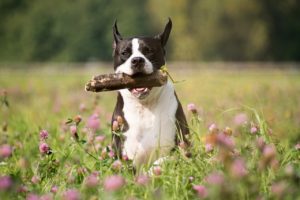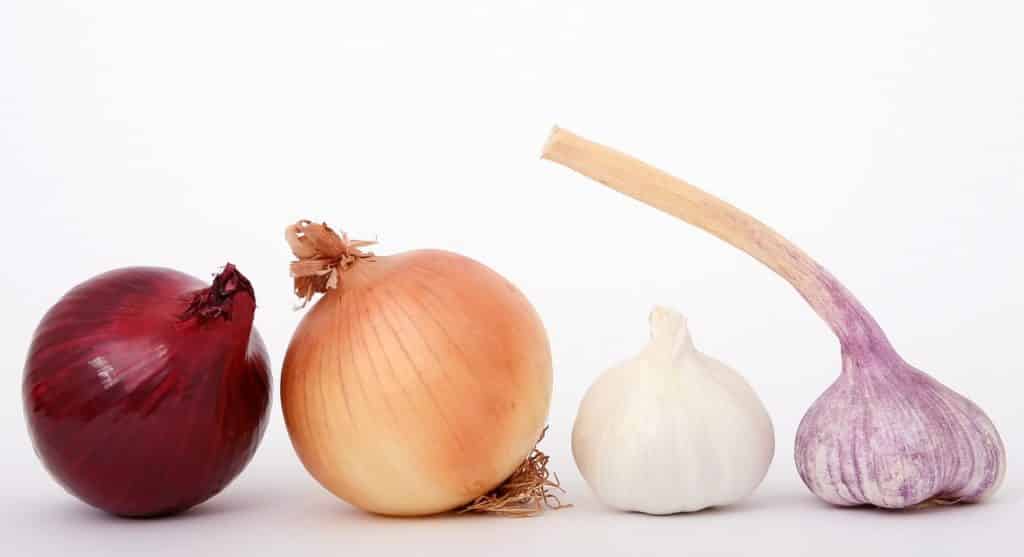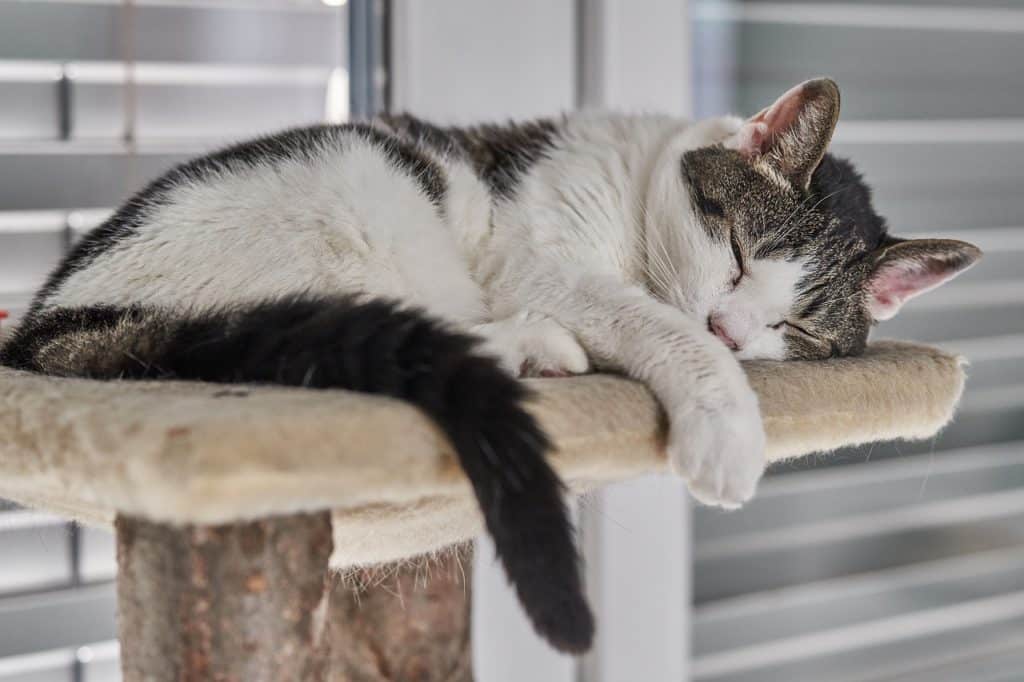
1. Watch those bulbs! Daffodils, tulips, and hyacinths, especially their bulbs where toxins are concentrated, can make dogs very ill. Chewing on bulbs and plant parts can cause vomiting, diarrhea, and drooling. Depending on how much is consumed, this can become severe. Make sure Fido isn’t digging up a not-so-healthy outdoor snack when you’re not looking.
2. Lilies are pretty, but very dangerous to our pets. Tiger, Day, Asiatic, Easter and Japanese Show lilies are extremely toxic to cats, and even ingesting small amounts of any plant parts, including petals, pollen or leaves can cause kidney failure and even death. Lily of the Valley, which is not a true lily, can cause life-threatening heart arrhythmias, vomiting, and diarrhea. Peruvian, Peace, and Calla lilies are not as toxic, but can still cause irritation to the tissues in the mouth and gastrointestinal tract (in dogs, too). Keep the lilies away from your pets!
3. Fertilizers come in many different forms, but none of them are meant for our furry friends. Even organic ones are hazardous. Bone and blood meal smell wonderful to animals. If they find an area you mixed some in the soil, they may try to eat that soil. Bone meal can form a concrete ball in the stomach and cause a blockage that only invasive surgery can fix. Blood meal can cause life-threatening pancreatitis, iron toxicity (if fortified), vomiting and diarrhea. Rose and plant fertilizers can have organophosphates in them, which in very small quantities can cause seizures, trouble breathing, dangerous rises in temperature and even death. Iron is a common fertilizer additive and ingesting large amounts can cause vomiting, bloody diarrhea, heart and liver problems.
4. Pesticides and insecticides (the sort from spray cans, generally) are irritating and obviously not good for our little guys, but are rarely life threatening unless they have organophosphates in them. We still recommend keeping them away!
5. Keep in mind that packaging can be dangerous, too. Plastic and chemicals left in empty packages can still harm pets. They can cause gut blockages and toxin exposures even though most of the product is gone.
6. Compost piles may smell not-so-great to us, but that brownish goo may be your dog’s idea of stinky heaven to roll in or snack on. Dangerous molds and organisms can make them very ill. Fence those compost sites, or use an enclosed unit for composting if possible. Visit this site to learn how to build an easy encased compost fence!
Pet proofing your indoor/outdoor areas is a great start to having a healthy spring with your canine and feline family members. Keep products in labeled, sealed containers out of your pets’ reach. Limit their access to areas that are fertilized or treated. If you are worried that your pet has been exposed to a toxin or is showing signs of illness, immediately call us or the Pet Poison Helpline at 1-800-213-6680. There is a small fee involved that helps keep the Helpline open so that people can continue to reach them whenever a poisonous problem might arise. It is helpful to have any packaging and information when you call or bring your pet to the vet for a possible toxin exposure.
Dr. Dubin and your QRAC staff wish you a happy and pet-safe spring!


